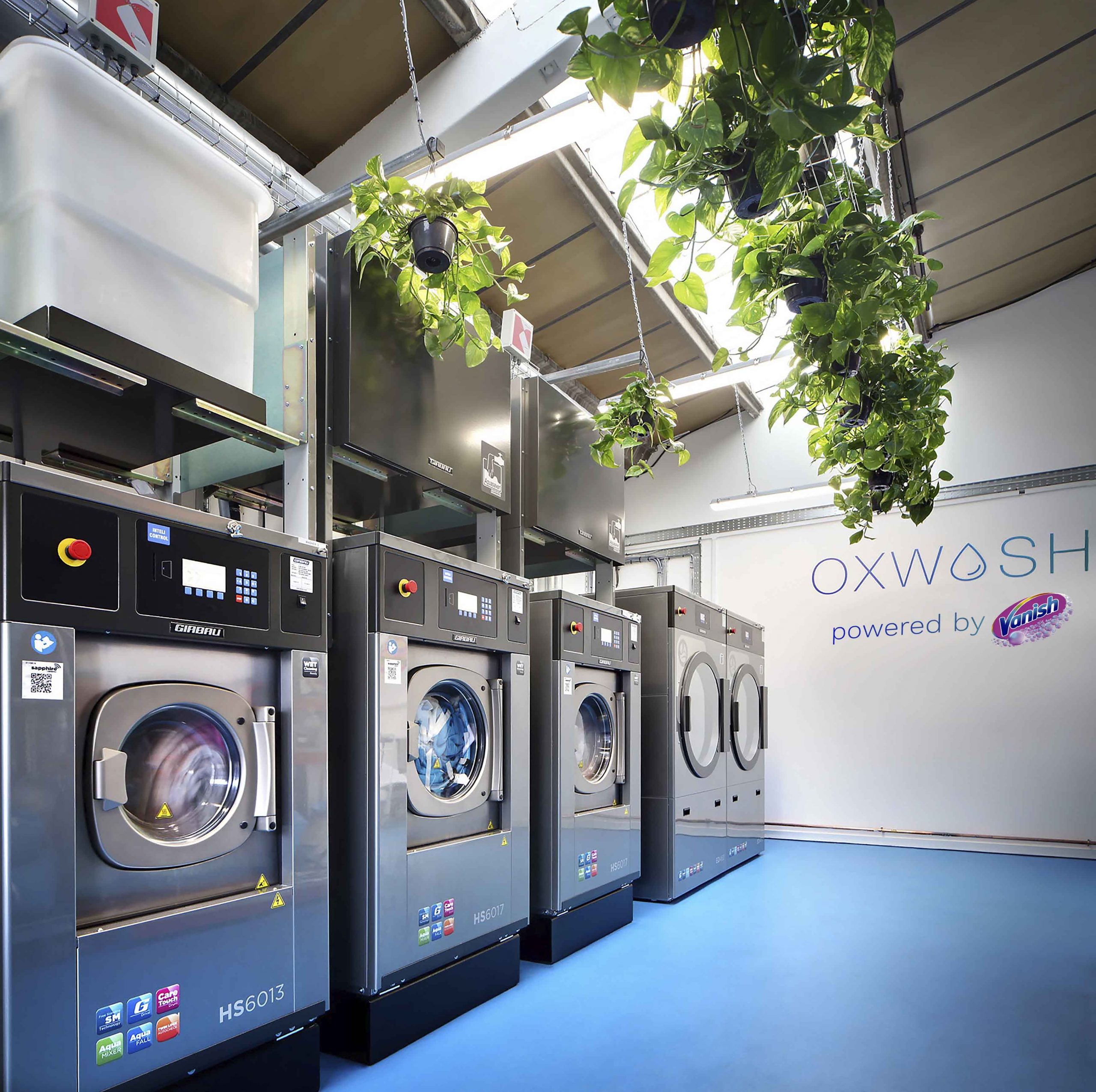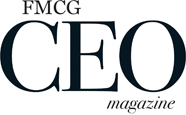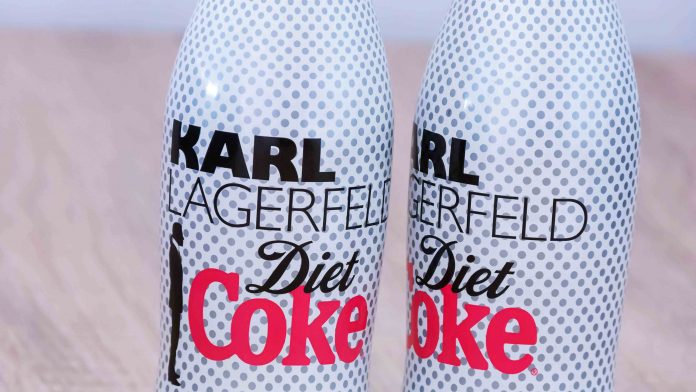Partnerships have always been a much-used tool among FMCG businesses – for example, the washing powder partnering with a machine manufacturer or the disinfectant showing up in hospitality venues. They are a powerful way of reaching and connecting with myriad audiences, but their growing complexity, and evolving set-up and ambition, means that having a clear sense of a brand’s identity is more crucial than ever in making a partnership a success.
Elevating your brand
With many collaborations, the goal is to innovate or to elevate another brand that complements or works well with your company. If you don’t have a specific expertise, want to reach a different audience or show up in a different space, a partnership can be the answer – and mutually beneficial to both.
Making sure brand values and goals align is a great starting point for such collaborations. For instance, the partnership between Red Bull and GoPro made perfect sense to consumers due to the two brands’ aligned positioning around adventure.
At Reckitt, an example this year was Vanish’s partnership in the UK with start-up sustainable laundry service Oxwash. It allowed the former to offer a service that directly answers a specific need, while introducing the brand’s loyal community of users to partners who have a shared vision for the world. Oxwash, meanwhile, benefits from the clout and support of a global brand.

Most importantly, there is an inherent brand synergy. Both companies tackle the challenge around giving garments a longer life and lessening the environmental impact of fashion from a different angle.
Purpose and greater fight
The example also illustrates how the idea of partnerships has significantly expanded. Historically, brand partnerships were first about product and maybe about storytelling. Today, partnerships are becoming more strategic in terms of what they can deliver. FMCGs are about more than just ‘fast-moving consumer goods’. Every brand has a greater purpose or greater fight – so partnerships now need to be aligned with that purpose or fight.
It is an understanding that drives partnerships such as Patagonia’s new Provisions venture. The clothing brand’s mission statement is ‘We’re in business to save our home planet’, and as its visionary founder Yvon Chouinard stated, “if we really want to protect our planet, it starts with food”. This is at the heart of Provisions, a marketplace as an alternative to industrial agriculture that is not just one partnership, but a Patagonia community with numerous partners that have all bought into the common goal.
If there isn’t such alignment, a partnership just won’t make sense to consumers. We live in a world of more scrutiny, more calling out of green-washing and faux-purpose, so who a brand pairs up with needs to be more carefully considered. LEGO, for example, ended its long-standing partnership with Shell a few years ago, following a campaign from Greenpeace. The toy manufacturer’s purpose and fight no longer aligned with the oil giant’s.
From fixed and finite to iterative and adaptive
Another crucial element to successful partnerships, and the role of brand experience within them, is understanding that brands are a lot more iterative today. They are played with all the time, and must be able to adapt, while remaining aware of why decisions to flex are made. Whether through partnership with another brand or when moving into a different space, as a brand you have to consider what you’re going to look and sound like. As you move into new spaces or work with different people, there needs to be more spontaneity mixed with a clear unified sense of your brand. This allows you to try something different, and talk in a different way, while remaining true to your brand essence.

Lysol’s partnership with Delta Airlines in the US last year took the brand from home to the air, not just providing product but working on an extensive cleaning protocol.
It’s a great example of how a brand can show up and connect in a different context – and something we are increasingly exploring at Reckitt.
Design – an evolving role
The role of the designer has expanded exponentially with such changes. Our role is not just creating visual iterations within well-known boundaries of a brand, but thinking more strategically and thoughtfully about what a brand starts to be in spaces that you wouldn’t have initially imagined for it.
We need a different understanding of the brand and to know how it might show up in different ways. Partnerships can be about a service, an interaction, training or communication – we need to know how to deal with that complexity as well as know the brand so well that we can translate it into anything.
Ideally, as a designer you should know how to translate Lysol into a furniture brand, say, or a sports drink. The new challenge for the designer is that understanding and being able to vocalise it to others so that people are more comfortable as brands start to evolve into new spaces.
Talking the same language
Key to all these challenges is the consideration for the audience. If you have two brands that don’t agree on how you would treat a product line or a story for a specific person, it can go very wrong. For example, the partnership between budget retailer Target and luxury department store Neiman Marcus was a spectacular mismatch, mainly because there was a disconnect between how both parties viewed their customer – putting off the budget-conscious Target shopper in the process. Target has successfully collaborated with high-end partners (Marimekko, for example), but failed to translate the products down to a Target consumer in this case.
In a good partnership there’s a synergy between the brand, talking to the consumer and if possible, talking to a greater cultural change. A fantastic example is Adidas partnering with Parlay for the Ocean. The resulting Ultraboost became a symbol of striving towards sustainable fashion and the use of recycled materials. It is such a great example, because it went beyond the partnership and started to speak to a general desire of the industry. It set a benchmark, the partnership amplifying its effectiveness and the conversation beyond either party’s usual following.
While partnerships continue to evolve in complexity, the impact they can deliver is increasingly valuable. With FMCG brands becoming more service and experience-led, such collaborations will play an ever-growing role, and getting the basic building blocks right on a brand value level can lead to some exciting results.

Emily Vernon, Global Experience Lead, Reckitt
Emily leads the end-to-end experience for Reckitt’s B2B hygiene solutions. For more than ten years, both agency- and client-side, she has enabled brands to better engage their audiences through experience, ranging from products to service rituals, physical environments and digital platforms.



